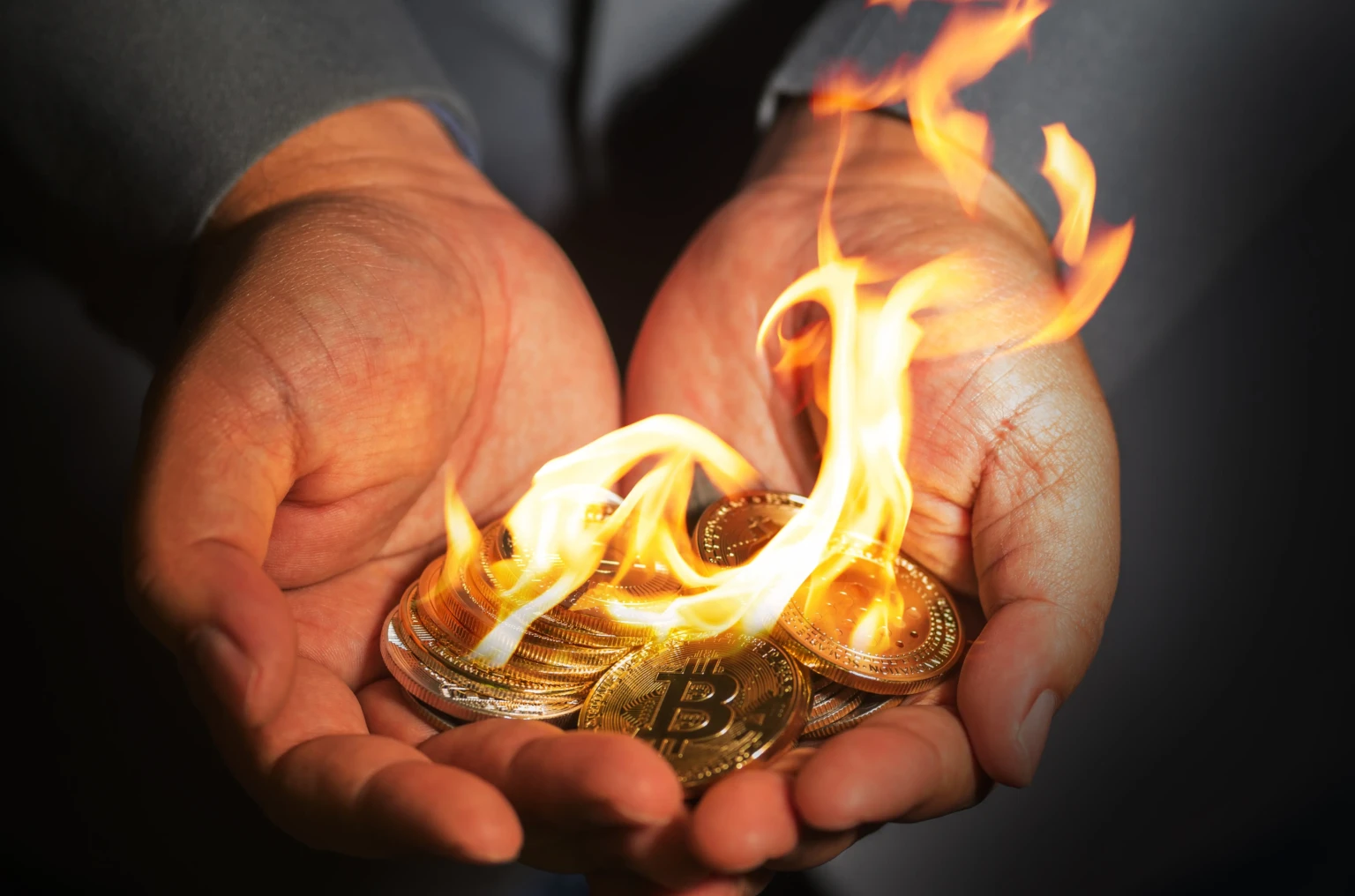“Buyback and burn” is a strategic mechanism employed in both cryptocurrency and traditional finance to influence the supply and value of assets. In the crypto world, this process involves a project repurchasing its own tokens from the open market and then permanently removing them from circulation by sending them to a burn address. This action reduces the total supply of the token, aiming to increase scarcity and potentially enhance its value.
Understanding the Buyback and Burn Mechanism
Step 1: Token Buyback
The first phase involves the project using its funds—often derived from profits or reserves—to purchase its own tokens from the market. This buyback can be executed manually or through automated smart contracts, depending on the project’s protocol. For instance, Binance allocates a portion of its profits to buy back BNB tokens, aiming to reduce the total supply over time.
Step 2: Token Burn
After acquiring the tokens, the project sends them to a “burn address,” a wallet with no private key, rendering the tokens inaccessible and permanently removing them from circulation. This action is irreversible and is transparently recorded on the blockchain, ensuring accountability and trust among investors.
Purpose and Benefits of Buyback and Burn
1. Enhancing Token Value
By reducing the circulating supply, buyback and burn mechanisms can create scarcity, which, under the law of supply and demand, may lead to an increase in the token’s value. This strategy is particularly effective when demand remains constant or grows.
2. Strengthening Investor Confidence
Regular buyback and burn activities signal to investors that the project is committed to supporting the token’s value and is financially stable. Transparency in these operations, facilitated by blockchain technology, further bolsters investor trust.
3. Controlling Inflation
In ecosystems where new tokens are frequently issued, buyback and burn can offset inflationary pressures by reducing the total supply, helping to stabilize or even increase the token’s value over time.
Examples of Buyback and Burn in Action
Binance (BNB)
Binance has been a pioneer in implementing the buyback and burn strategy. The exchange uses a portion of its profits to repurchase and burn BNB tokens, aiming to reduce the total supply from 200 million to 100 million. As of the latest reports, Binance has burned over 240,000 BNB tokens, demonstrating the long-term commitment to this strategy.
MEXC (MX)
MEXC, a global cryptocurrency exchange, allocates 40% of its quarterly profits to buy back and burn MX tokens. This approach helps maintain a capped supply of 100 million tokens, ensuring scarcity and potentially supporting the token’s value.
Potential Risks and Limitations
1. Lack of Intrinsic Value Creation
While buyback and burn can reduce supply, it does not inherently create new use cases or demand for the token. Without underlying utility or adoption, the long-term value increase may be limited.
2. Risk of Market Manipulation
If not conducted transparently, buyback and burn activities can be perceived as attempts to manipulate token prices, leading to potential regulatory scrutiny and loss of investor confidence.
3. Impact on Liquidity
Significant reductions in token supply can lead to decreased market liquidity, making it more challenging for investors to buy or sell tokens without affecting the market price.
Alternatives to Buyback and Burn
To address some of the limitations of buyback and burn, projects have explored alternative mechanisms:
- Buyback and Make: Instead of destroying repurchased tokens, projects reinvest them into the ecosystem through staking, development funds, or community incentives, aiming to create long-term value.
- Staking Programs: Encouraging token holders to lock their tokens in exchange for rewards temporarily reduces circulating supply without permanent destruction, balancing scarcity with utility.
Conclusion: The Strategic Role of Buyback and Burn
Buyback and burn serves as a strategic tool in tokenomics, aiming to influence token supply and value. When implemented transparently and supported by strong fundamentals, it can enhance investor confidence and contribute to a token’s long-term success. However, without genuine utility and adoption, the benefits may be short-lived. As the cryptocurrency market matures, projects may increasingly adopt alternative mechanisms like buyback and make or staking to foster sustainable growth and value creation.
FAQ: Understanding Buyback and Burn
Q1: What does buyback and burn mean in cryptocurrency?
In cryptocurrency, buyback and burn refers to a process where a project repurchases its own tokens from the market and permanently removes them from circulation by sending them to a burn address, reducing the total supply and potentially increasing scarcity and value.
Q2: How does buyback and burn affect token value?
By decreasing the circulating supply, buyback and burn can create scarcity, which, under the law of supply and demand, may lead to an increase in the token’s value, provided that demand remains constant or grows.
Q3: Are there risks associated with buyback and burn?
Yes, potential risks include lack of intrinsic value creation, market manipulation perceptions, and decreased liquidity, which can affect investor confidence and market stability.
Q4: What are alternatives to buyback and burn?
Alternatives include buyback and make, where repurchased tokens are reinvested into the ecosystem, and staking programs, where tokens are temporarily locked to reduce supply and earn rewards, aiming for sustainable growth.

